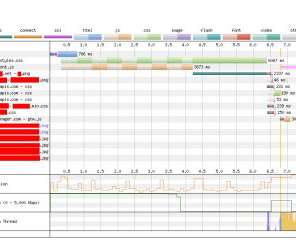World’s Top Web Performance Leaders To Watch
Rigor
SEPTEMBER 11, 2019
list of those who are making a significant impact on speeding up the web today. Jake is a developer advocate at Google working with the Chrome team to develop and promote web standards and developer tools, as well as a contributor to the Chromium blog. We at Rigor respect many web performance leaders around the world. Rachel Andrew.















Let's personalize your content